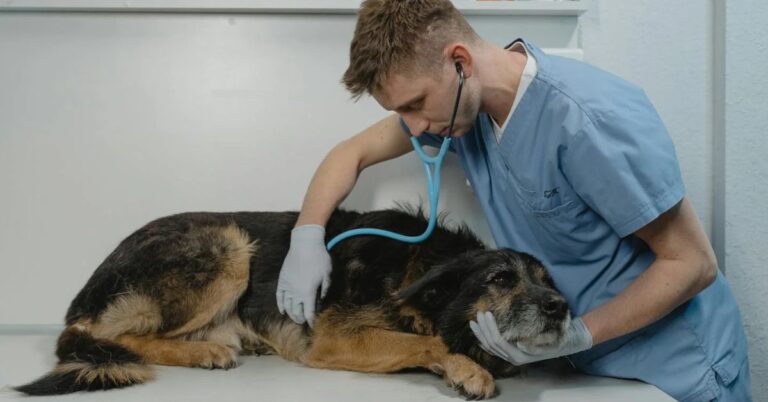15 Must-Know Facts About Your Dog’s Tongue
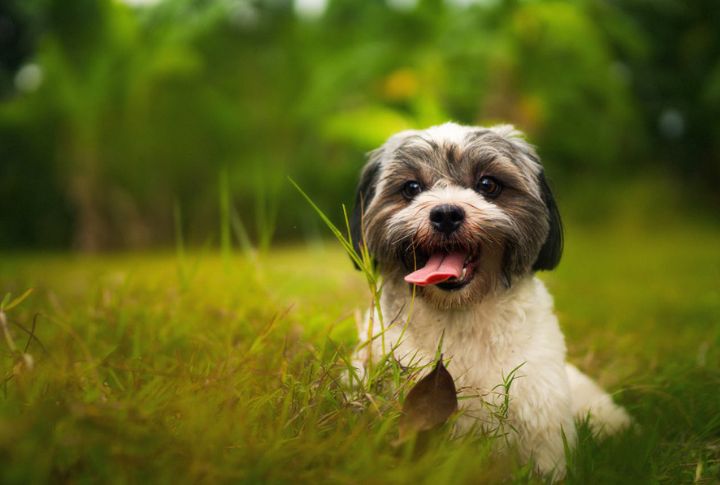
Your dog’s tongue is more than just a tool for sloppy kisses and slurping water. It’s a powerful, multifunctional organ that plays an essential role in their daily life. Let’s check out 15 surprising facts about your dog’s tongue that will make you even more appreciate this fascinating part of their anatomy!
Dogs’ Tongues Are Surprisingly Flexible
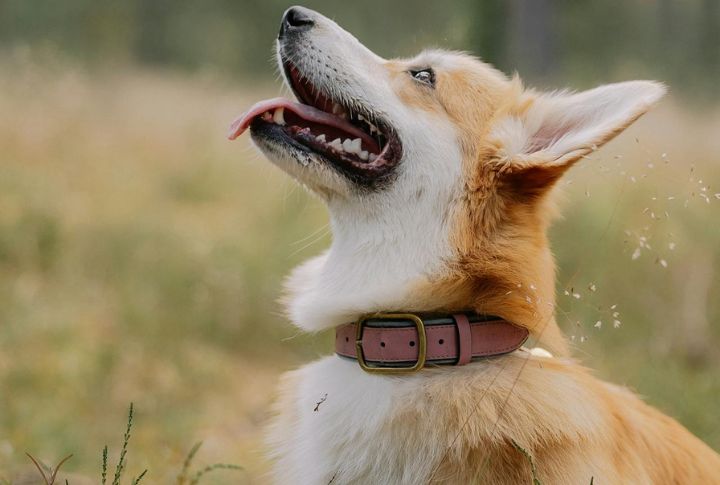
Your dog’s tongue is impressively versatile! Whether they’re grooming, eating, drinking, or panting, the flexibility of its tongue allows it to stretch in different directions. This flexibility helps dogs with tasks like manipulating food and reaching hard-to-groom areas.
Dogs Use Their Tongue to Cool Off
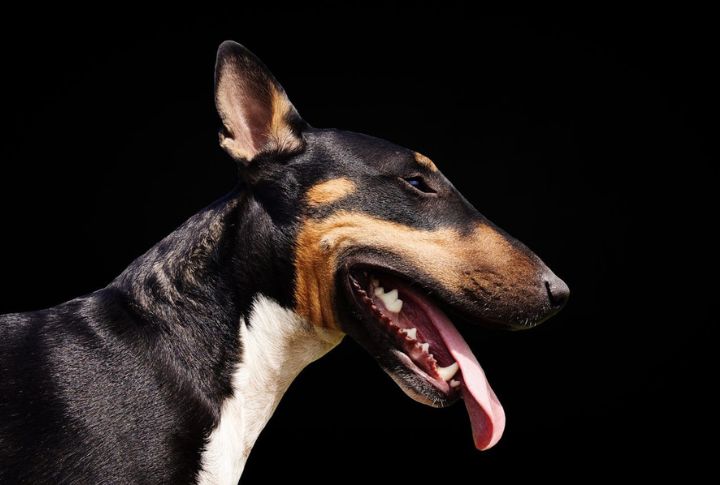
Unlike humans, dogs don’t have sweat glands. So, they cool off by evaporating moisture through their tongues and respiratory system. As they pant, air moves over the moisture on their tongue, expelling excess heat and helping to cool their blood.
Dog Tongues Have Healing Powers
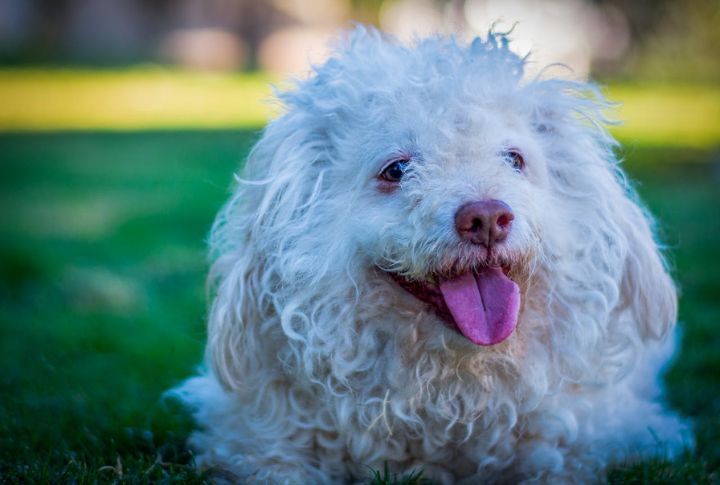
Their saliva contains enzymes such as lysozyme and peroxidase that help get rid of bacteria. While licking can promote healing in minor injuries, too much licking can introduce harmful bacteria or irritate the wound, so it’s important to monitor this behavior.
The Dog Tongue Helps Them Taste Less Than You Think
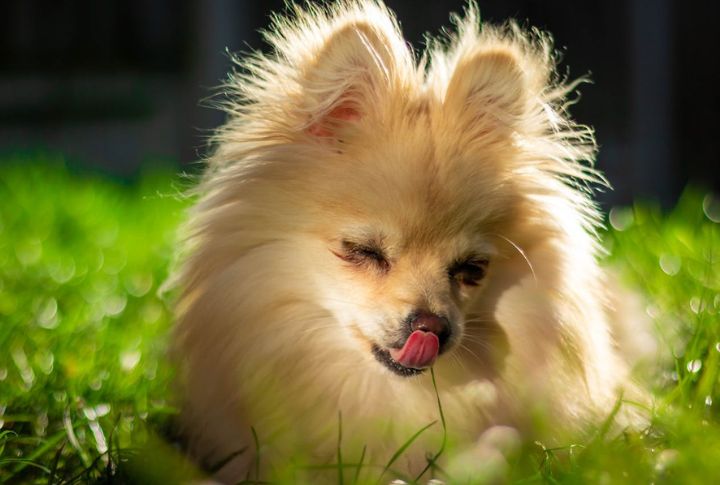
Although dogs don’t have as many taste buds as humans, they rely heavily on their sense of smell to “taste” their food. Their ability to discern between sweet, sour, salty, and bitter flavors is much less refined than ours, which means they’re less likely to be picky about taste.
Dogs Can Taste Water
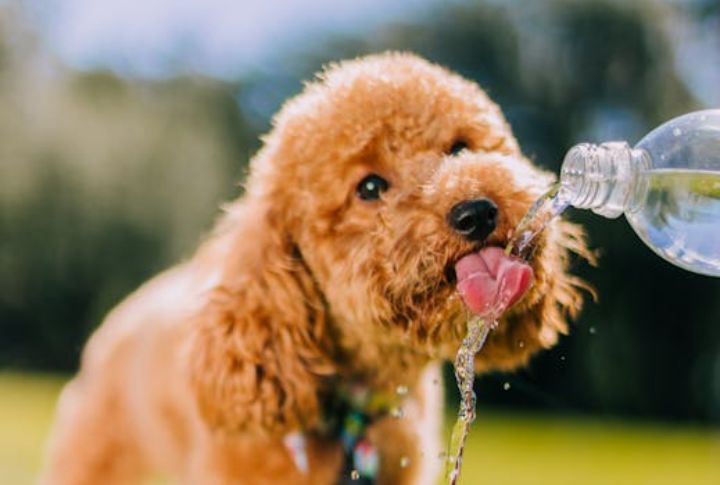
In addition to basic flavors, dogs can taste water. Their tongue contains taste buds specifically designed to detect water, especially when dehydrated or after consuming salty foods. This helps regulate their hydration and reinforces their natural instinct to seek out water when needed.
Some Dogs Have Blue-Black Tongues
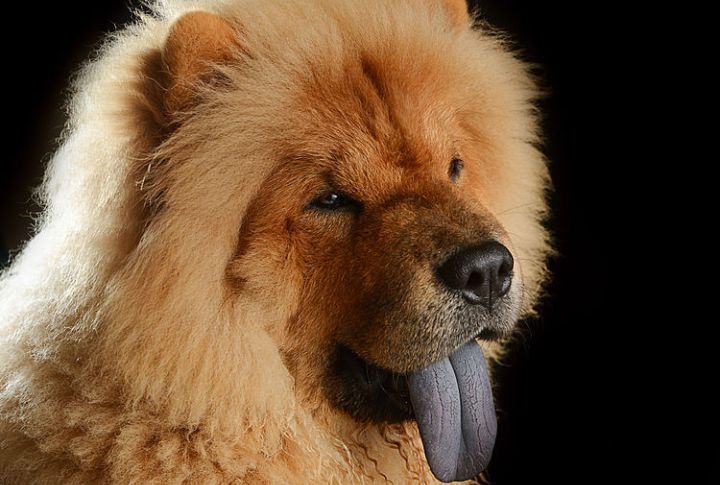
Chow Chows and Shar Peis are well-known for their blue-black tongues, but they’re not the only ones! Some mixed-breed dogs or dogs with extra pigmentation may also have dark-colored tongues due to an abundance of melanin, similar to how some humans have darker skin tones.
Dog Tongues Act Like Water Scoopers
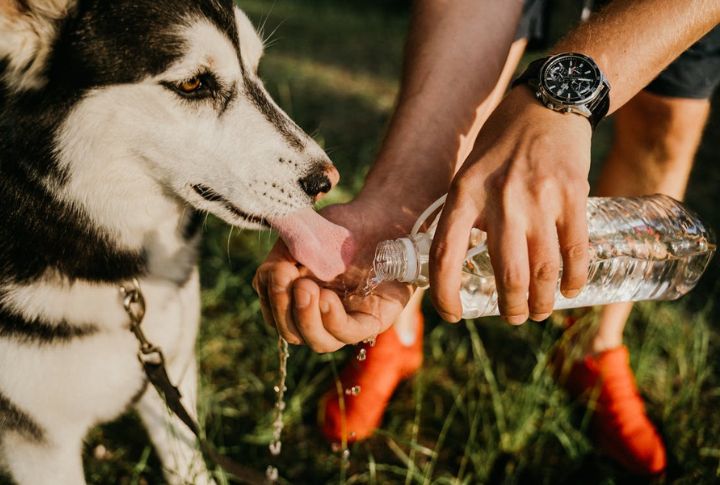
Instead of sipping water, dogs flick their tongues in and out rapidly, curling the back of their tongue to form a scoop. This action creates a column of water that they quickly snap up into their mouths. It’s a messy yet effective way for dogs to hydrate quickly.
A Dog’s Tongue Can Change Color

Your dog’s tongue can offer vital clues to their health. A healthy tongue is typically pink and moist. If you notice sudden color changes—like pale, bluish, or yellowish tinges—it could be a sign of underlying health issues such as anemia, lack of oxygen, or liver problems.
Some Dogs Have Large Tongues
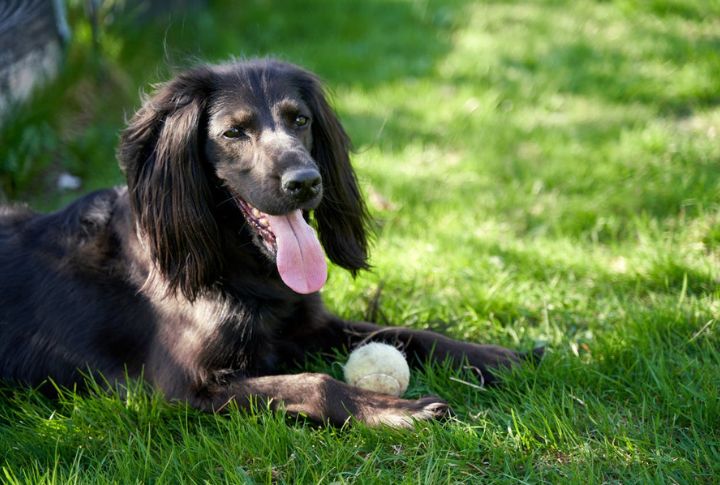
Though rare, some dogs can develop macroglossia, or an enlarged tongue, which might affect their ability to eat, drink, and breathe comfortably. In these cases, dogs may struggle to fully retract their tongue into their mouths, leading to excessive drooling, difficulty swallowing, or issues with panting.
Dogs Groom Themselves With Their Tongues

Although dogs aren’t as fastidious as cats when it comes to grooming, they do use their tongues to clean their fur and remove debris. Licking helps keep their coats healthy and free from dirt. Some dogs also use their tongue to soothe sore spots or scratches.
Some Dogs Have “Lolling” Tongues
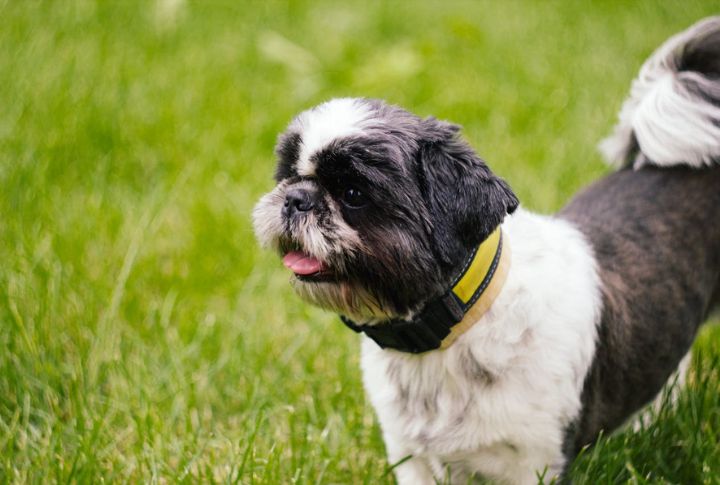
Some dogs have tongues that tend to hang out of their mouths, often due to dental issues or jaw structure. This condition, known as “lolling,” is generally harmless but can result in dry tongues if they remain outside for too long. It gives them a perpetually cute, goofy appearance!
Dogs Use Their Tongue to Communicate

Licking is a form of communication in the canine world. Dogs use their tongues to express affection or even indicate submission. If your dog licks you or other dogs frequently, they’re likely showing love, seeking attention, or communicating in their own unique way.
Is a Dog’s Tongue Cleaner Than a Human’s?
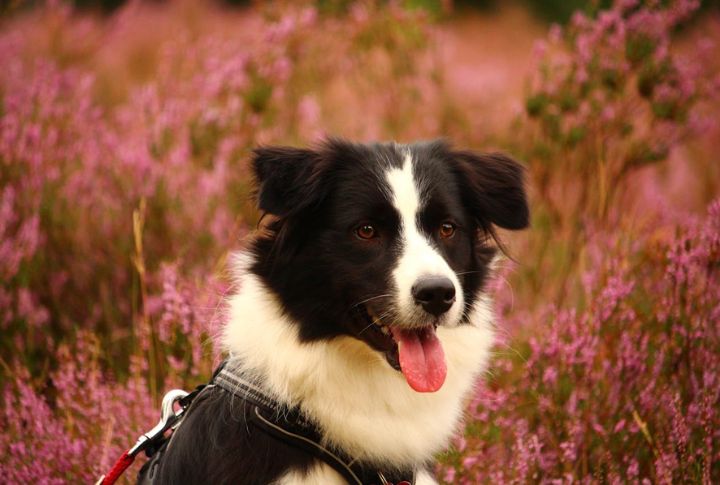
It’s a common myth that a dog’s tongue is cleaner than a human’s, but that’s not entirely true. While a dog’s mouth does have certain antibacterial properties, both dogs and humans have unique sets of bacteria. Notably, dogs’ tongues contain germs that can cause infections.
Dogs Use Their Tongue to Soothe Anxiety

Licking is often a calming behavior for dogs, especially in stressful situations. It’s a natural way for them to self-soothe, similar to how humans might fidget or bite their nails. Through licking, they release endorphins, helping them feel more relaxed in overwhelming situations.
A Dog’s Tongue Is a Health Indicator
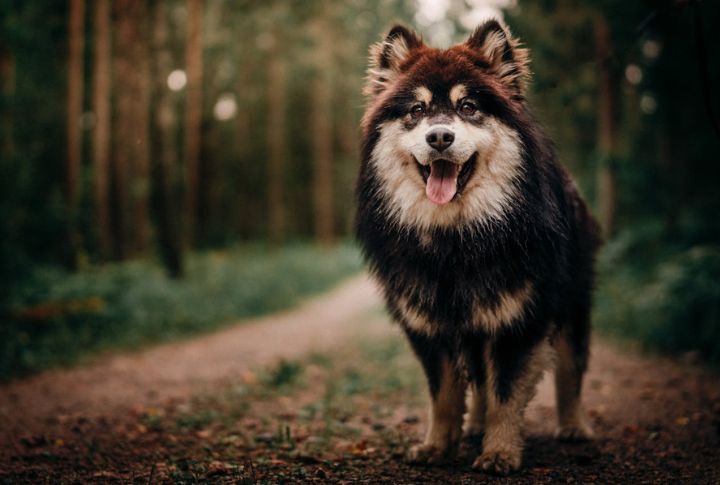
The color, texture, and moisture levels of a dog’s tongue are key signs that owners should pay attention to. A healthy tongue is typically pink and moist, but changes like unusual dryness, pale color, or blueish hues may indicate dehydration, anemia, or even heart or lung issues.
